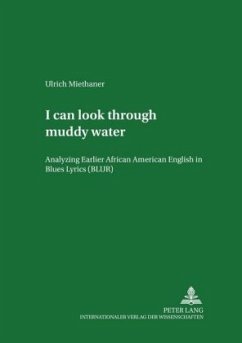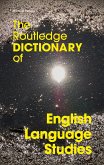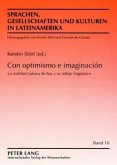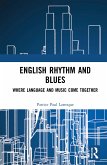With its 1.5 million words BLUR is the biggest electronic corpus of nonstandard English. The present study describes the stages in the design, the compilation, and the editing of BLUR and attempts to gauge its linguistic profit. This is done both from a theoretical perspective - blues poetry vs. natural speech, representativeness, validity - and from an analytical perspective in particular qualitative, quantitative, and comparative analyses of morphological, morphosyntactic, and syntactic features. The findings indicate that BLUR provides an outstandingly rich and reliable documentation of the vernaculars spoken by African Americans between the Civil War and World War II. The more than 1,000 illustrative examples presented throughout this study attest to the correctness of this statement.
"...Miethaner does an excellent job of presenting the case for the use of BLUR. [...] The book as a whole serves as a model for anyone wanting to explain and explore a new data source, and the catalogue of features should stimulate new research directions." (Gerard Van Herk, English World-Wide)








